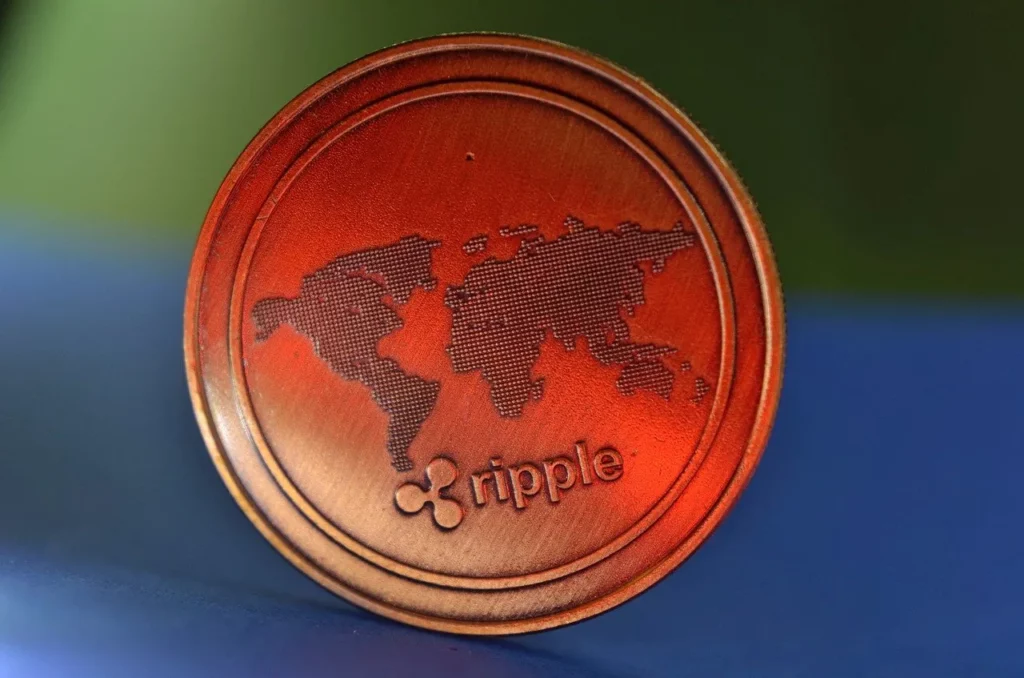XRP, a digital currency created by Ripple Labs, has been making waves in the world of cryptocurrency. Its unique features and strong potential for real-world applications have captured the attention of investors and financial institutions alike. With its focus on fast and low-cost international transactions, XRP aims to revolutionize the way money is moved across borders.
As one of the top cryptocurrencies by market capitalization, XRP has gained a strong following among those looking for efficient and secure payment solutions. Its decentralized nature and innovative technology set it apart from other digital assets, making it a promising option for those seeking to diversify their investment portfolios. Stay tuned as we delve deeper into the world of XRP and explore the opportunities and challenges that lie ahead.
Overview of XRP
XRP operates within the digital currency domain, offering
fast and low-cost international transactions. It is renowned for its efficiency and security, making it a top choice for cross-border payment solutions. Its decentralized nature and innovative technology set it apart in the cryptocurrency market.
| Statistics |
Values |
| Market Capitalization |
$X billion |
| Transaction Speed |
X seconds per transaction |
| Circulating Supply |
X billion XRP |
For more detailed information, you can refer to
Ripple’s official website.
Unique Features of XRP
- Low Transaction Fees: XRP offers minimal fees for international payments.
- Scalability: XRP can handle 1500 transactions per second.
- Energy-Efficient: XRP is more sustainable compared to Proof of Work coins.
- Liquidity Provider: XRP’s unique role as a bridge currency enhances global liquidity.
Real-World Applications
- XRP is utilized for cross-border payments due to its speed and cost-efficiency.
- It serves as a bridge currency to enhance liquidity across global markets.
- Notable institutions, like MoneyGram, leverage XRP for financial transactions.
| Category |
XRP |
| Speed |
3-5 seconds |
| Cost |
Fraction of a cent |
| Scalability |
1500 TPS |
| Efficiency |
Energy-efficient |
| Liquidity Provider |
Global markets |
XRP’s Impact on Financial Institutions
XRP, as a bridge currency,
enhances liquidity for financial institutions globally. Used by notable entities like
MoneyGram, it speeds up transactions at a fraction of the cost. With a scalability of
1500 transactions/sec, XRP proves vital in
cross-border payments.
Opportunities and Challenges
- xrp presents opportunities for financial institutions seeking efficient cross-border transactions.
- Challenges include regulatory uncertainties surrounding cryptocurrencies.
- Future integrations and developments could shape xrp’s role further.
| Opportunities |
Challenges |
| Faster transactions |
Regulatory uncertainties |
| Improved liquidity |
Compliance challenges |
Conclusion
XRP’s potential in revolutionizing cross-border transactions for financial institutions is evident. Despite regulatory hurdles, its liquidity-enhancing capabilities are reshaping the financial landscape. Continued integrations and advancements will solidify XRP’s position in the industry. Stay tuned for further developments as XRP continues to pave the way for efficient and seamless global transactions.
Frequently Asked Questions
What are the opportunities XRP offers for financial institutions?
XRP provides financial institutions with the ability to conduct cost-effective and fast cross-border transactions while enhancing liquidity.
What challenges does XRP face in the financial sector?
XRP encounters challenges related to regulatory uncertainties and compliance issues that need to be addressed for wider adoption.
What can we expect in terms of future developments for XRP?
Future integrations and developments are anticipated to play a key role in shaping XRP’s position and impact within the financial sector.

